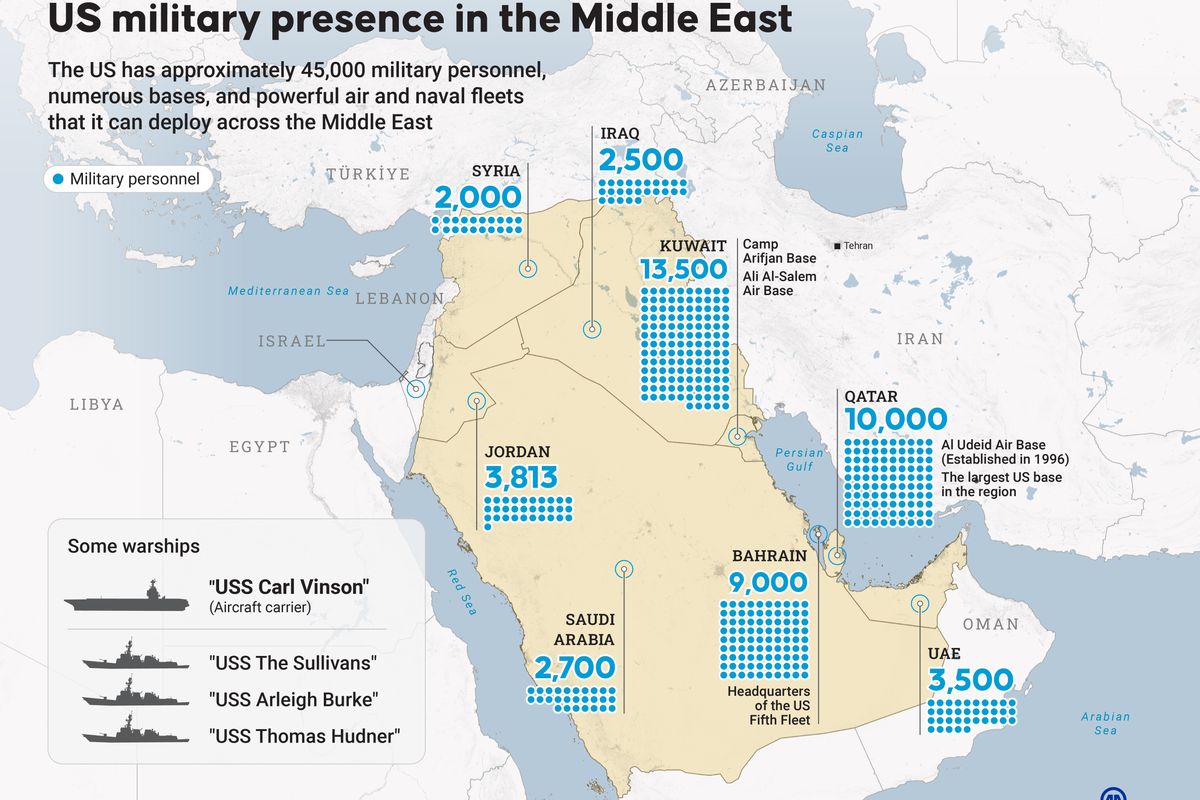Identifying and obtaining innovation from the commercial sector has been an ongoing challenge for the Department of Defense (DoD). With new breakthroughs in both technology and processes emerging from the commercial sector, both domestically and internationally, it is increasingly important for DoD to be able to productively interact with innovative companies. Getting these companies to work with DoD has proven difficult, however, in large part because of the intimidating regulatory regime that defense contractors must operate under, on issues ranging from intellectual property to cost accounting. For many vendors, the burdens involved in entering the defense market are significant enough that these vendors don’t see a viable business case for working with DoD, even if they are otherwise inclined to do so.
DoD’s Third Offset Strategy focuses heavily on this challenge, with entities like the Defense Innovation Unit Experimental (DIUx) designed to access nontraditional suppliers and accelerate deployment of technology. DIUx has faced criticism, however, because it lacks authority to bypass the traditional acquisition system that so many see as restricting DoD’s ability to work with innovative firms.
But there may also be more ways to contract with innovative firms through the traditional acquisition system than are commonly understood. As Secretary of Defense Ashton Carter noted in his keynote address at a conference on the Third Offset Strategy at the Center for Strategic and International Studies on October 28, “If you hide behind the legendary FAR [Federal Acquisition Regulations] and say that’s why I can’t innovate, it’s not an excuse. FAR in general has lots of workarounds in it.”
One area where the FAR has flexibility is in federal cost accounting standards (CAS). The federal CAS under the FAR imposes significant cost accounting requirements upon vendors doing business with the federal government, to the point where many vendors find it necessary to build up a separate, CAS-compliant cost accounting system, in parallel to the one for normal business matters. As written, however, the FAR provisions on CAS provide enough room to allow for much of the kind of engagement with small innovative firms that initiatives like DIUx are targeting.
Flexibility in Federal CAS Regulations
The 19 provisions required as part of federal CAS under the FAR impose significant data-collection, data-retention, and data-system architecture requirements on vendors doing business with the federal government, but not all federal contracts require firms to comply with CAS. Under FAR section 9903.201-1, all contracts that fall below the threshold ($700,000) for coverage under the Truth in Negotiations Act are automatically exempt from CAS, regardless of other circumstances. Additional, more targeted exemptions of note include:
- Contracts and subcontracts under $7.5 million, but only as long as “the business unit of the contractor or subcontractor is not [already] currently performing any CAS-covered contracts or subcontracts valued at $7.5 million or greater”;
- Contracts and subcontracts with small businesses;
- Firm-fixed-price contracts or subcontracts “awarded on the basis of adequate price competition without submission of cost or pricing data;”
- Contracts or subcontracts for commercial items under certain contract types (i.e., firm-fixed price)
The commercial item and firm-fixed-price provisions could allow DoD to include vendors with innovative products in prototyping exercises without requiring the vendor to comply with CAS. Similarly, the small business exception provides a great deal of latitude to work with start-up-type firms. And the $7.5 million threshold, below which CAS compliance is not required, leaves significant room for DoD to work with innovative firms on fundamental research and smaller development projects.
Beyond those contracts that are fully exempt from CAS requirements, there is a wider swath of contracts eligible for what is known as modified CAS. In short, under FAR section 9903.201-2 modified CAS means that a vendor only has to comply with 4 of the 19 CAS provisions, all of which are fairly basic requirements that most standard business accounting systems will already be in compliance with:
- Consistency in Estimating, Accumulating, and Reporting Costs;
- Consistency in Allocating Costs Incurred for the Same Purpose;
- Accounting for Unallowable Costs;
- Cost Accounting Standard–Cost Accounting Period.
(“The purpose of this Cost Accounting Standard is to provide criteria for the selection of the time periods to be used as cost accounting periods for contract cost estimating, accumulating, and reporting.”)
Any “covered contract of less than $50 million awarded to a business unit that received less than $50 million in net CAS-covered awards in the immediately preceding cost accounting period” is eligible for modified CAS coverage.
This $50 million threshold gives DoD significant flexibility to work with innovative vendors that have new technologies and business processes that DoD needs. At that level, for example, DoD could encourage nontraditional defense vendors to participate in the types of prototyping challenges that both Congress and the outgoing DoD leadership have vigorously encouraged in recent years. If the prototyping entrant from a nontraditional defense vendor subsequently is selected for full-scale acquisition, the larger contract may then provide enough incentive for companies to bring themselves into compliance with CAS, but modified CAS rules allow DoD to work with those companies at a level where the size of the contract might not be large enough to justify the effort and expense of building a government-specific cost accounting system.
Moreover, for contracts and subcontracts of any size with foreign concerns, the requirements under CAS are even lighter than under modified CAS, with the only requirements being compliance with consistency in estimating, accumulating and reporting costs, and consistency in allocating costs incurred for the same purpose provisions. CAS requirements thus do not serve as a roadblock to working with foreign companies that may have innovative technologies and processes that DoD would be interested in.
Should the Truth in Negotiations Act Have Similar Flexibility?
The Truth in Negotiations Act (TINA) is often seen as a companion to the federal CAS regulations; under FAR Subpart 15.4, federal contractors are required to give the government broad access to an enormous range of certified cost and pricing data to ensure that the government is paying a fair price for the goods and services it procures. The massive scope of the cost and pricing data that the government is allowed to ask for has been cited as a significant discouraging factor keeping nontraditional defense vendors from entering the defense marketplace. Additionally, the major exceptions to TINA are far narrower than the exceptions to the CAS requirements:
- Contracts under $700,000;
- Commercial items;
- Contracts awarded after “adequate price competition.”
The adequate price competition exception would seem to apply to the types of prototyping exercises that would qualify for either exemption from or modified CAS requirements. The definition of whether price is a “substantial factor” in the selection criteria within a prototyping program could be a complicating factor, however, as prototyping exercises are inherently capabilities-focused. But outside of prototyping, the adequate price competition exception does not allow DoD the leeway to engage with firms that have innovative and market-unique offerings, for which competition is by definition unlikely, and the $700,000 threshold is too low to allow for meaningful engagement.
Looking at the regulations for both CAS and TINA, the difference in the breadth of the exceptions to their respective requirements is striking, and somewhat perplexing. The FAR CAS regulations seem to reflect a balancing of priorities, wherein the federal government is willing to accept some additional risk because of a recognition of how burdensome full CAS requirements are, especially for smaller contractors and vendors. But the FAR TINA regulations, which deal with a similar sort of risk to the federal government, show a far lower risk tolerance.
A Path Forward—Modified TINA?
One solution to this seeming incongruity would be to create a modified TINA that would limit the scope of data vendors would be required to make available upon request, focusing on data categories that strike a reasonable balance between usefulness to contracting officers in determining price reasonableness and the burden gathering and sharing that data places on the vendor. Contracts would be eligible for modified TINA under a higher dollar threshold (in the range of the $50 million threshold for modified CAS), and perhaps also for small businesses—if small businesses can be completely exempt from CAS, it seems reasonable to set a limit on the amount of cost and pricing data they can be required to provide under TINA.
Needless to say, there are political implications to loosening the restrictions imposed by something called the Truth in Negotiations Act—the very name of the provision makes the issue an easy one to demagogue. But the precedent set by federal CAS regulations provides a framework for how a modified TINA regulatory regime could be structured.
Federal CAS regulations recognize that a balance has to be struck between the government’s role as steward of taxpayer dollars and ensuring that vendors with products and services that agencies like DoD need are willing to do business with the federal government. TINA regulations do not recognize that same balance; for DoD, which is struggling to convince innovative nontraditional defense firms to enter the defense-contracting marketplace, a more balanced approach to TINA may help ease one of the more prominent issues that dissuade these innovative companies from doing business with DoD.








